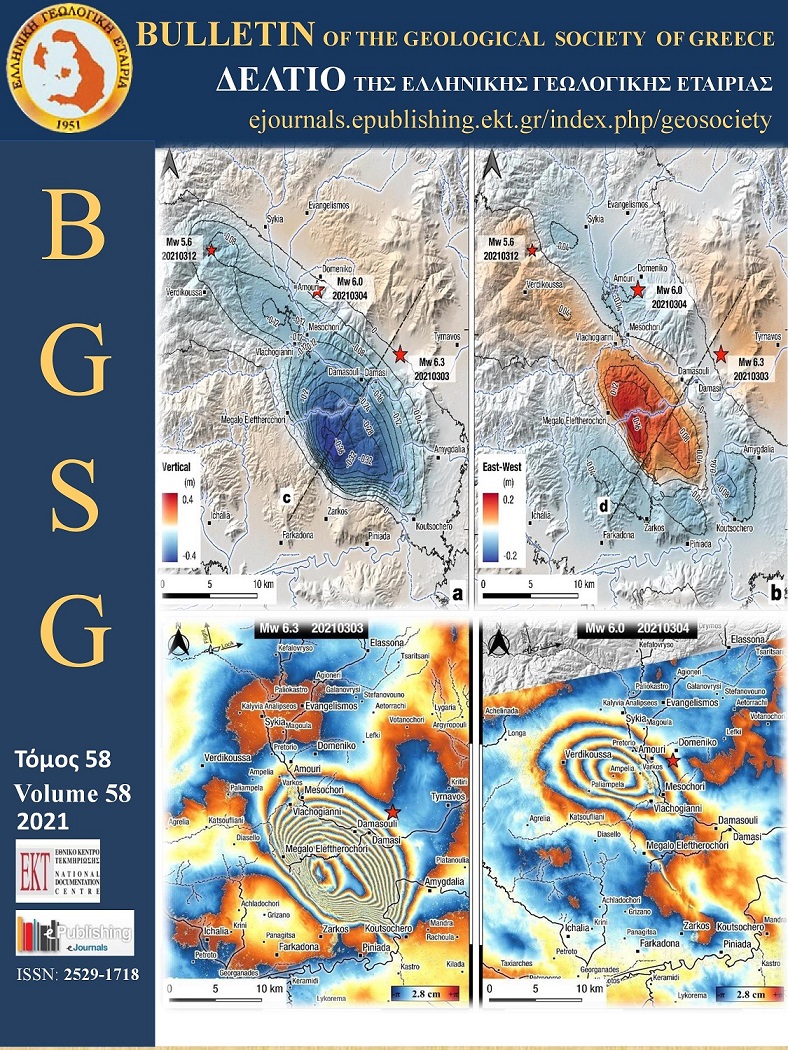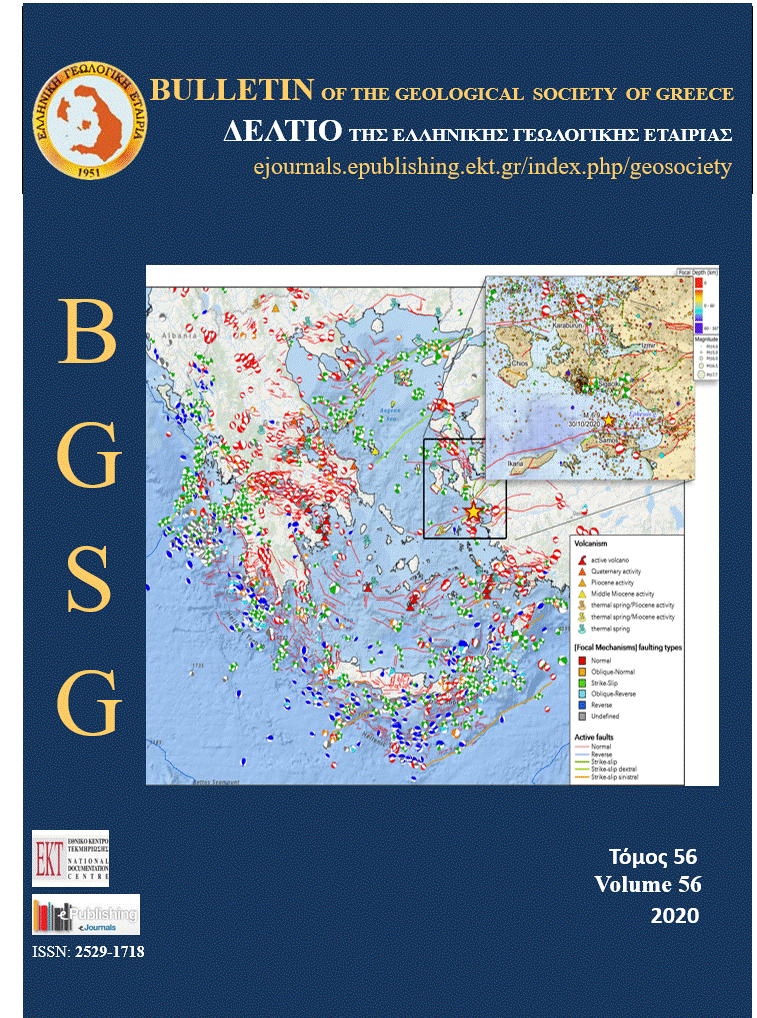The scaling of PGA with IV2p and its potential for Earthquake Early Warning in Thessaly (Central Greece)

Abstract
The main goal of an Earthquake Early Warning System (EEWS) is to estimate the expected peak ground motion of the destructive S-waves using the first few seconds of P-waves, thus becoming an operational tool for real-time seismic risk management in a short timescale. EEWSs are based on the use of scaling relations between parameters measured on the initial portion of the seismic signal, after the arrival of the first wave. Herein, using the abundant seismicity that followed the 3 March 2021 Mw=6.3 earthquake in Thessaly we propose scaling relations for PGA, from data recorded by local permanent stations, as a function of the integral of the squared velocity (IV2p). The IV2p parameter was estimated directly from the first few seconds-long signal window (tw) after the P-wave arrival. Scaling laws are extrapolated for both individual and across sites (i.e., between a near-source reference instrument and a station located close to a target). The latter approach is newly investigated, as local site effects could have a significant impact on recorded data. Considering that further study on the behavior of IV2p is necessary, there are indications that this parameter could be used in future on-site single‐station earthquake early warning operations for areas affected by earthquakes located in Thessaly, as itpresents significant stability.
Article Details
- How to Cite
-
Spingos, I., Vallianatos, F., & Kaviris, G. (2021). The scaling of PGA with IV2p and its potential for Earthquake Early Warning in Thessaly (Central Greece). Bulletin of the Geological Society of Greece, 58, 179–199. https://doi.org/10.12681/bgsg.27062
- Section
- Natural Hazards

This work is licensed under a Creative Commons Attribution-NonCommercial 4.0 International License.
Authors who publish with this journal agree to the following terms:
Authors retain copyright and grant the journal right of first publication with the work simultaneously licensed under a Creative Commons Attribution Non-Commercial License that allows others to share the work with an acknowledgement of the work's authorship and initial publication in this journal.
Authors are able to enter into separate, additional contractual arrangements for the non-exclusive distribution of the journal's published version of the work (e.g. post it to an institutional repository or publish it in a book), with an acknowledgement of its initial publication in this journal. Authors are permitted and encouraged to post their work online (preferably in institutional repositories or on their website) prior to and during the submission process, as it can lead to productive exchanges, as well as earlier and greater citation of published work.




